30 Popular Brands That Once Had Totally Different Names
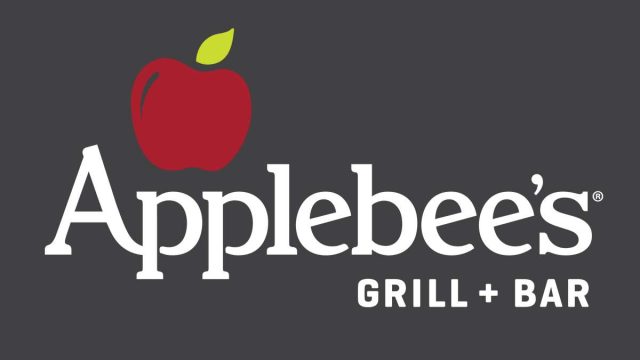
Sometimes, your first choice is your best choice. And other times? Well, not so much. When you look at the original names of some iconic brands, it’s clear some rebranding was necessary. From the search portal formerly known as David’s and Jerry’s Guide to the World Wide Web to the origin story of Skype, read on to learn the hilarious original names of the brands we all know and love today.
We can all be glad we’re telling people that we “Googled” someone today, instead of talking about how we just “Backrubbed” Britney Spears to find out how old she is.
1
BackRub (Google)
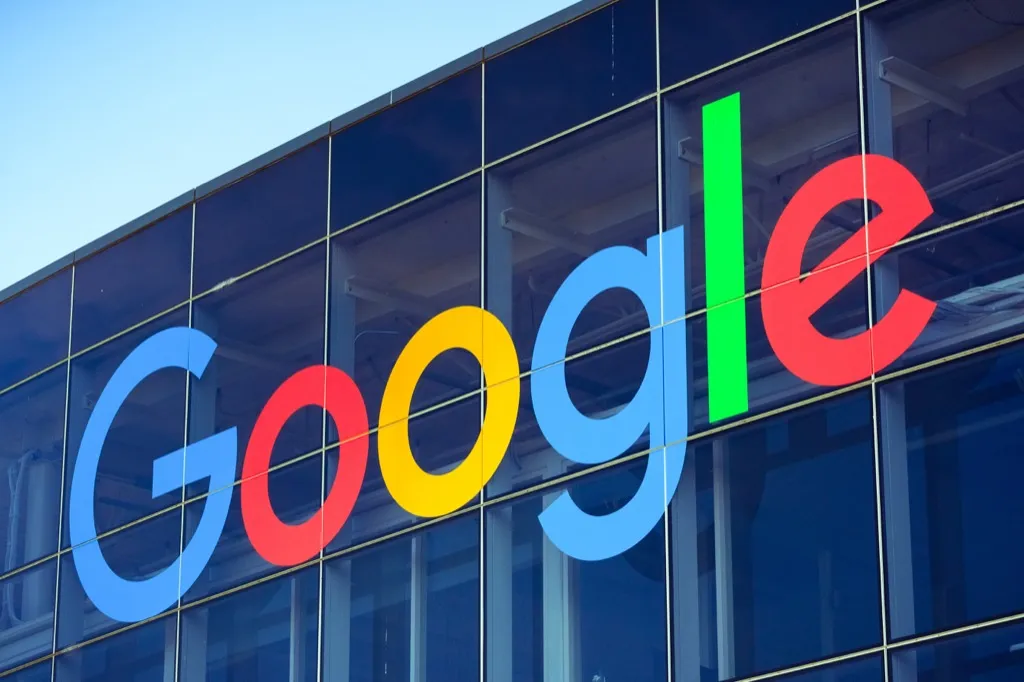
Back in 1996, when Larry Page and Sergey Brin were working on creating what we now know as Google, they initially called it Backrub—a nod to the way the search engine analyzed the web’s “back links” to determine how important a site was. A year later, though, they decided they needed to upgrade to a name that indicated just how much data they were indexing—and eventually, they came up with Google, a take on the number “googolplex,” which is the digit 1 followed by a googol zeroes (or 10100 zeroes).
2
Tote’m (7-Eleven)
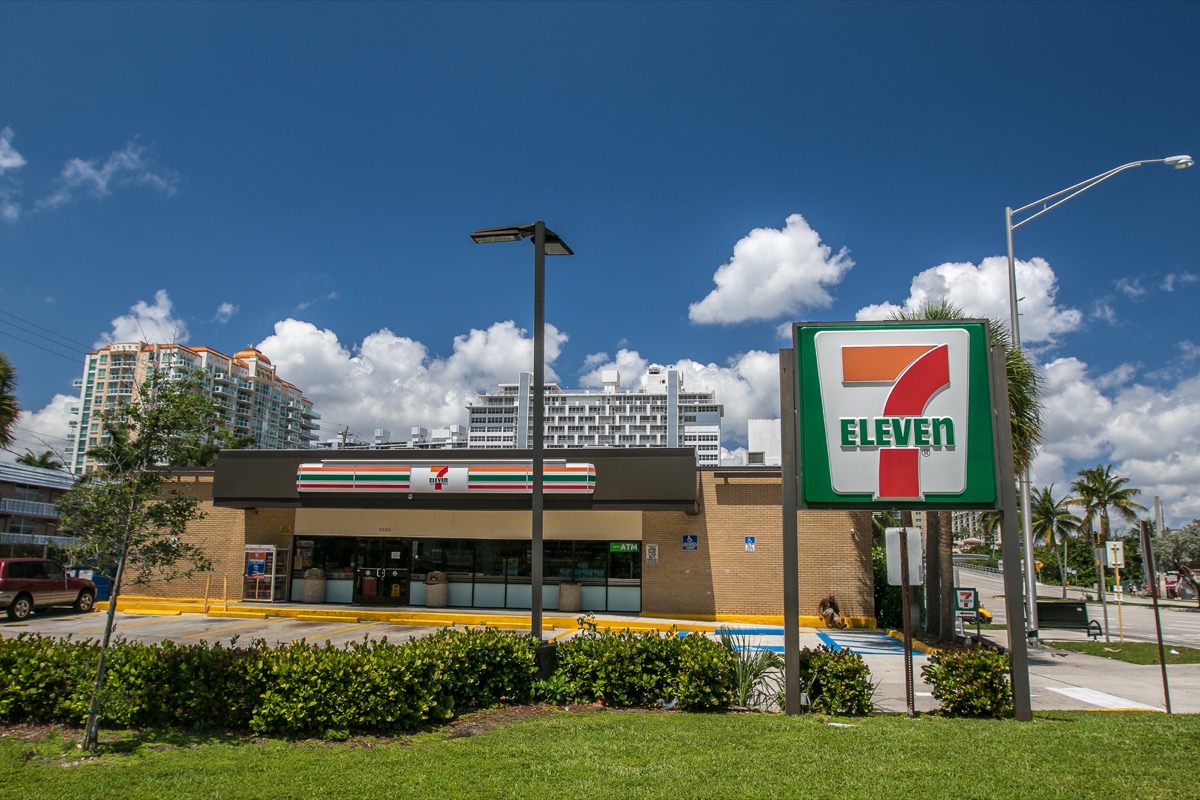
The first 7-Eleven convenience store—or at least, a makeshift storefront on a dock—cropped up in 1927 in Dallas, Texas, by Southland Ice Company employee John Jefferson Green. However, by 1937, Southland Ice Company founder Joe C. Thompson Jr. had decided that he liked the idea enough to expand it nationwide—and when he did, he did it under the name Tote’m Stores. It wasn’t until 1946 that the store was rebranded as 7-Eleven, an indication of their new extended hours, 7 a.m. to 11 p.m., seven days a week.
3
Burbn (Instagram)
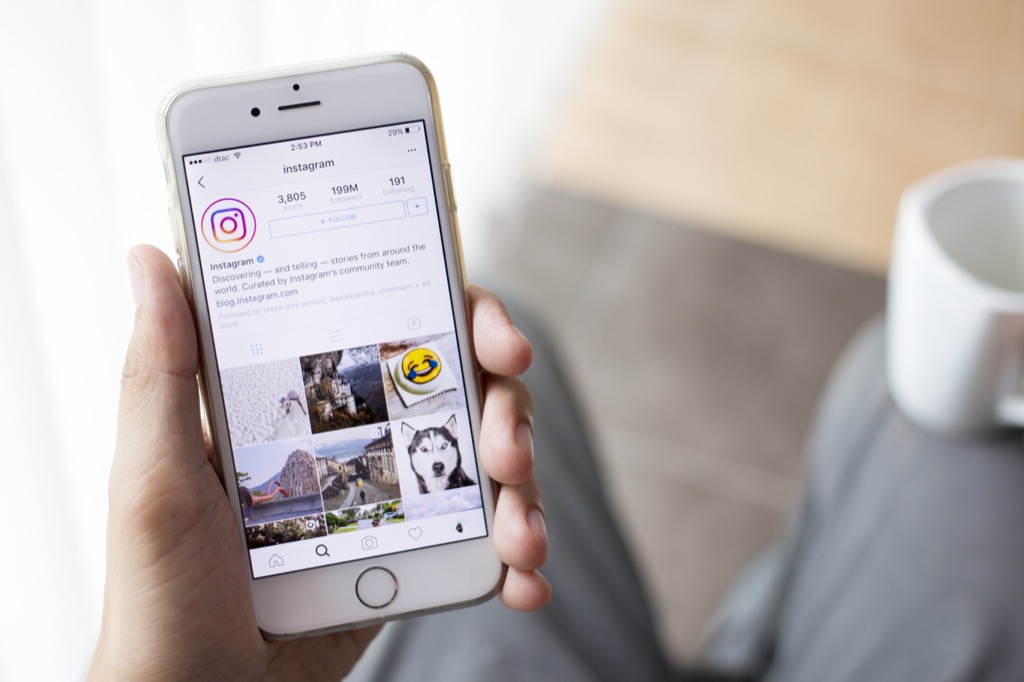
Believe it or not, the photo-sharing app Instagram actually started out as Burbn. When creators Kevin Systrom and Mike Krieger first created their app, they foresaw it as being a combination of elements of Foursquare and of Mafia Wars. They named it after Systrom’s favorite drink: Kentucky whiskey.
However, after deciding the app was too cluttered, they went back to the drawing board and chose to only keep the photo-sharing aspect of it. Due to these changes, they rebranded as Instagram, a combination of “instant” and “telegram,” which Systrom thought “sounded camera-y,” according to Inc.
4
Brad’s Drink (Pepsi)
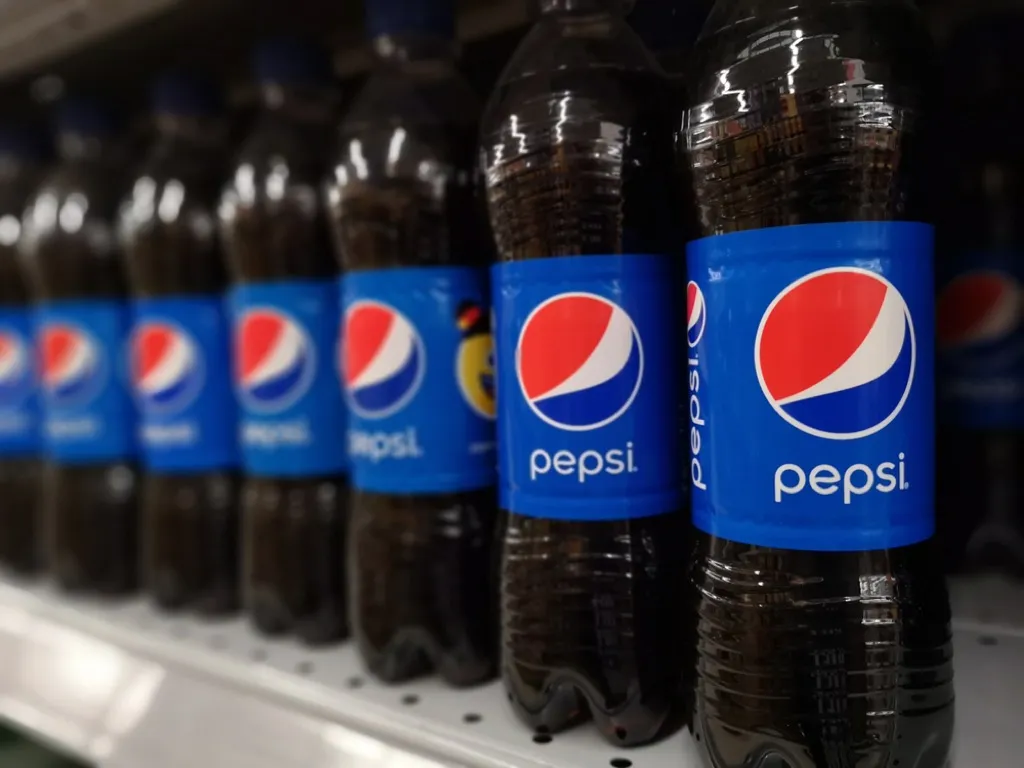
In 1893, Caleb Bradham developed a carbonated soft drink in his drugstore in New Bern, North Carolina, one that he simply called Brad’s Drink in honor of his surname. Five years later, Bradham rebranded to Pepsi-Cola, using the root of the word dyspepsia (meaning indigestion) because he believed his drink was a “healthy” soda that aided in digestion. Eventually, however, “cola” became the common noun for the carbonated soft drink—so these days, we’re just left calling it “Pepsi.”
5
Pete’s Super Submarines (Subway)
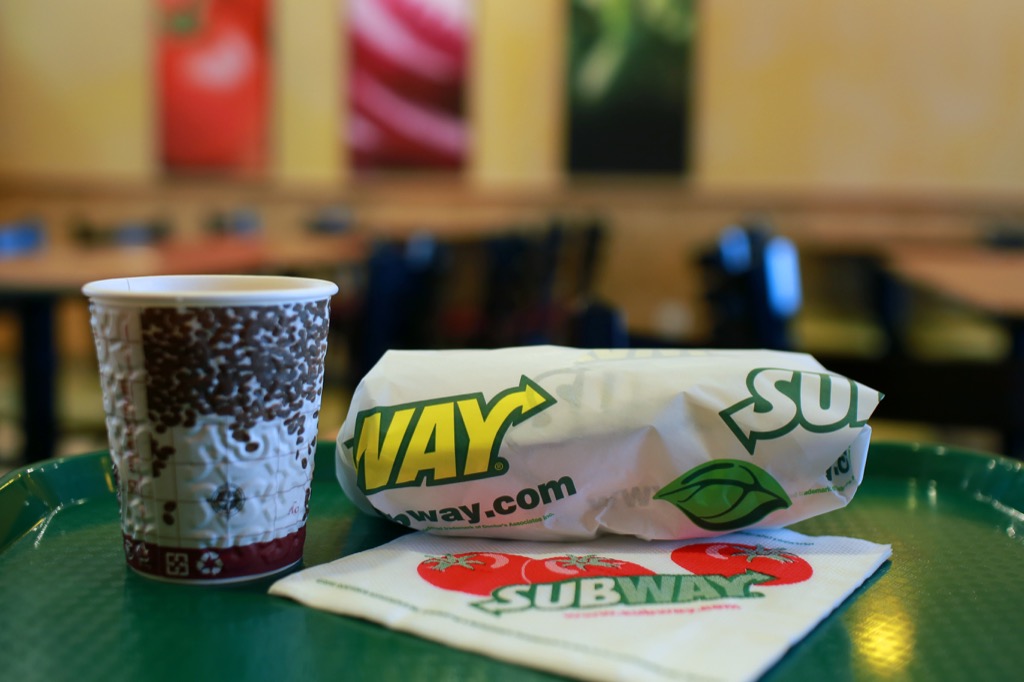
When Fred DeLuca saw that submarine sandwiches were all the rage in the 1960s, he came up with the idea to open his own submarine sandwich shop in Bridgeport, Connecticut. With the financial assistance of family friend Dr. Peter Buck, he opened up his shop in 1965 and named it Pete’s Super Submarines in Buck’s honor. Apparently, DeLuca hoped to earn enough money in his brand-new sandwich business to pay his college tuition and eventually become a doctor, just like Buck.
Once the business expanded, he shortened the name to Pete’s Submarines—but when he was told that it sounded like “pizza marines” when broadcast over the radio, he shortened it even more to Pete’s Subway. By 1968, the name of the shop was down to just Subway—and the rest, as they say, is history.
6
Stag Party (Playboy)
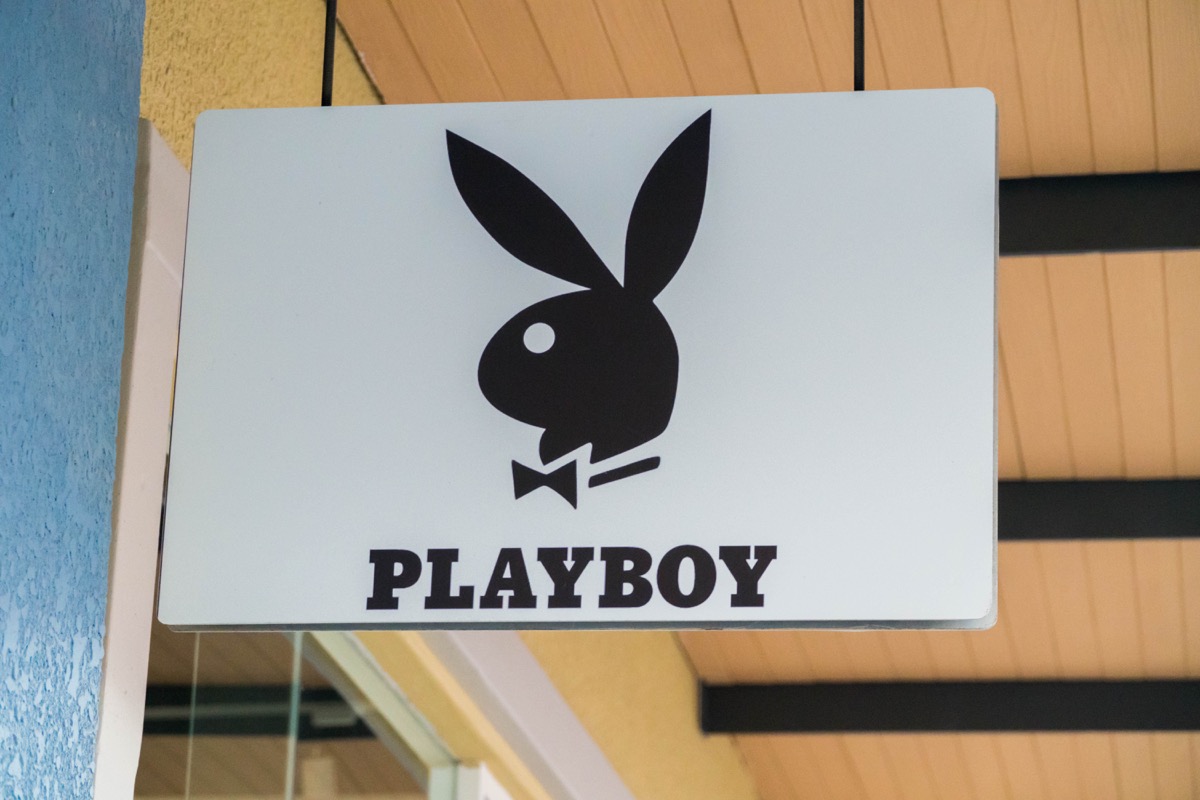
Hugh Hefner founded the legendary men’s lifestyle and entertainment magazine Playboy in 1953. Thankfully, though, an almost-lawsuit saved him from going with his original (and infinitely worse) name: Stag Party.
“I wanted to call the magazine Stag Party, influenced by a cartoon book that I had. I was looking for a male figure of some kind and I thought, ‘An animal in tuxedo will set us apart,'” Hefner once revealed in an interview with CNN. A month before the magazine first published, however, he received a letter from the lawyer of Stag magazine, claiming it was an infringement on their title. Hefner came up with a quick solution: “I was already having second thoughts about the title. So, at the very last minute, I changed the name and changed the image and called it Playboy.”
7
Blue Ribbon Sports (Nike)
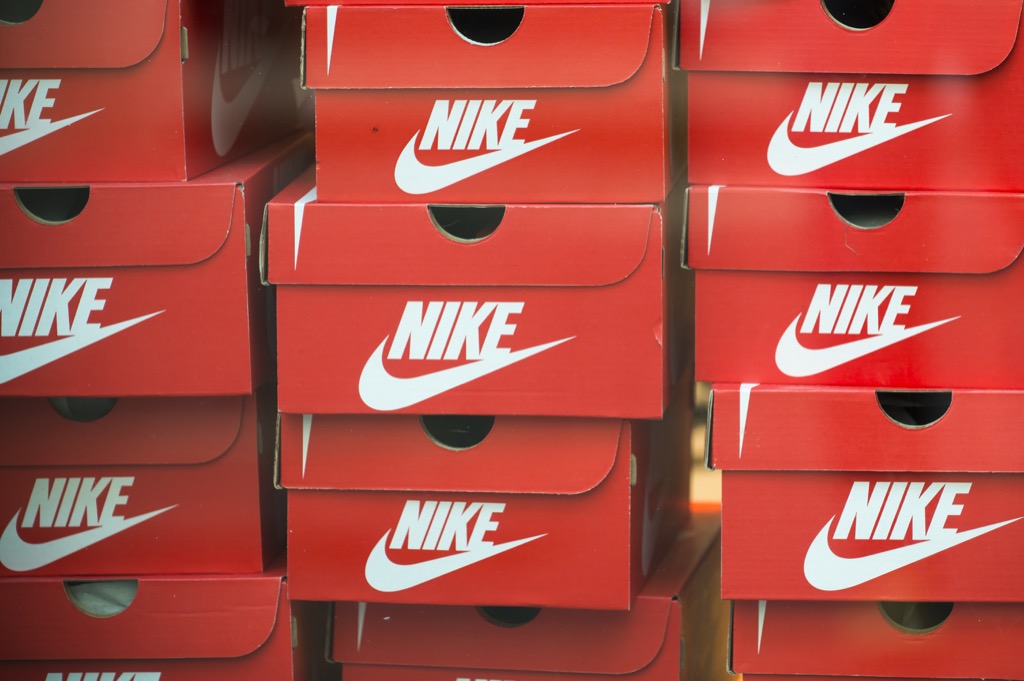
In 1964, University of Oregon track athlete Phil Knight and his coach, Bill Bowerman, founded Blue Ribbon Sports (BRS) in order to distribute running shoes made by the Japanese company Onitsuka Tiger. Two years later, they opened their first retail store in Santa Monica, California, and expanded to the East Coast a year after that.
Then, in 1971, Jeff Johnson, the man who ran the company’s East Coast factory, mentioned that all of the great brand names at the time consisted of a single word that was easy to remember. Similarly, they all included at least one “exotic” letter like Z, X or K. So, Johnson suggested Nike, the name of the winged goddess of victory, and Blue Ribbon Sports was no longer. “I’ve had one good idea in my life and this was it,” he said, according to Runner’s World.
8
Quantum Computer Services (AOL)
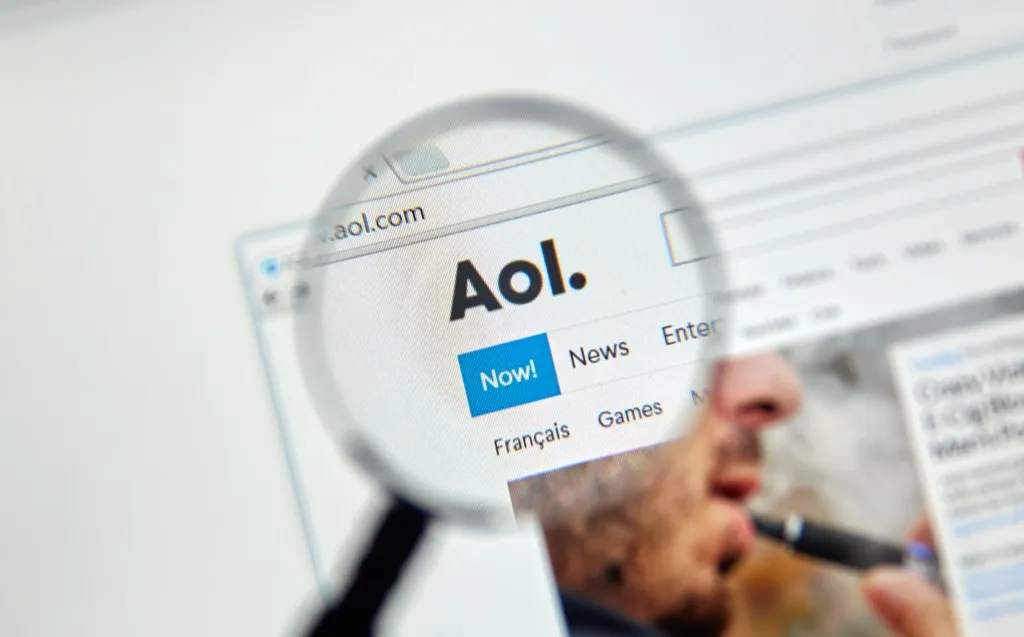
In 1985, Jim Kimsey and Marc Seriff founded the online services company Quantum Computer Services. In 1991, they changed the name to America Online, after an employee vote. But it wasn’t until 2006 that the company officially adopted the abbreviation it was already widely known as: AOL.
9
Chris Steak House (Ruth’s Chris Steak House)
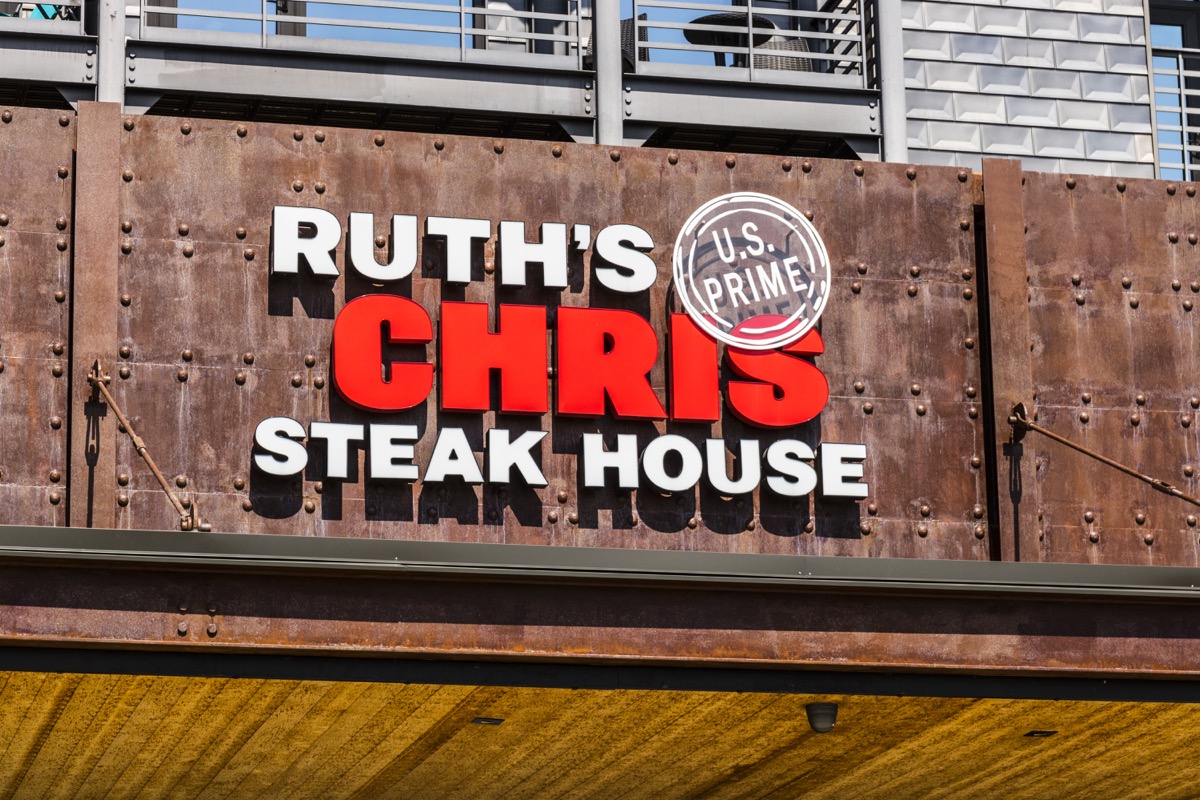
In 1927, entrepreneur Chris Matulich opened a 60-seat restaurant in New Orleans, Louisiana, and named it Chris’s Steaks. Fair enough, right? During Matulich’s 38 years managing the restaurant, he was forced to sell it six times—but each time, the joint was eventually sold back to him at a cheap price when the new owner failed or gave up.
That all changed in 1965, when a divorced single mother named Ruth Fertel went against the advice of her banker, lawyer, and friends, and mortgaged her home in order to buy Matulich’s restaurant. She participated in every aspect of the business and hired single mothers under the premise that they were hard workers. When a fire destroyed the building that housed Chris’s Steaks in the mid-1970s, Fertel relocated the restaurant and renamed it Ruth’s Chris Steak House. It was hers, after all.
10
Cadabra (Amazon)
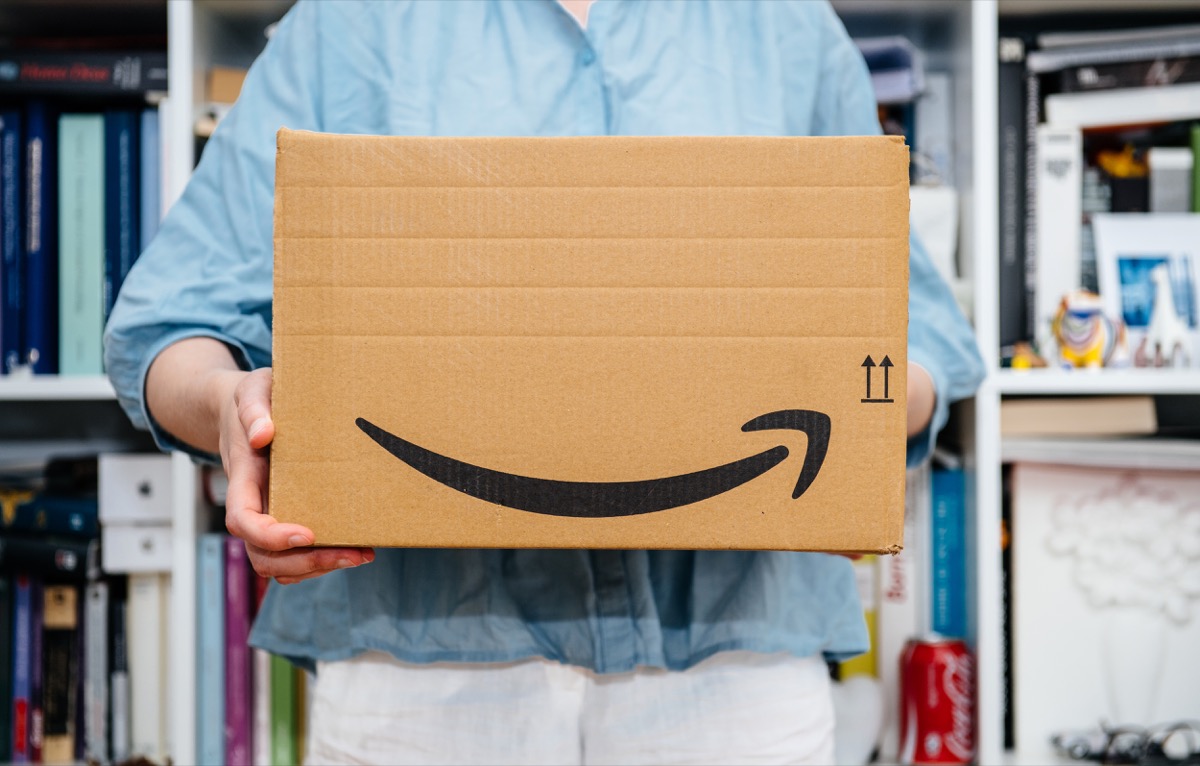
When Jeff Bezos founded what is now Amazon in 1994, he wanted to call it Cadabra, a shortened version of the oft-used magician’s phrase “abracadabra.” After his lawyer misheard it as the far less appealing “cadaver,” though, he realized the business needed a change.
Back to the drawing board, Bezos wanted something that would capture the site’s sheer scope and that preferably started with the letter A since, at the time, websites were listed alphabetically. After scanning the dictionary, he came upon Amazon. It was perfect: Not only did it start with an A, but it was also the name of the largest river in the world, indicating both size and volume.
11
Sound of Music (Best Buy)
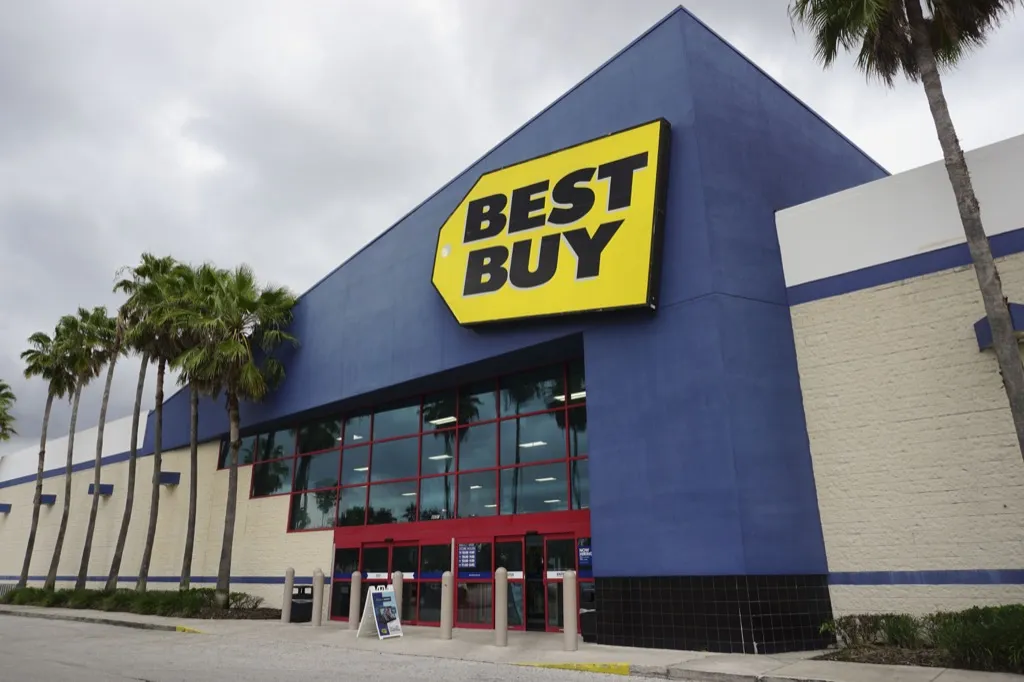
This electronics retail store was founded in 1966 by Richard M. Schulze and James Wheeler in Richfield, Minnesota—and because they specialized in high fidelity stereos, they named the store Sound of Music. However, in 1981, the store was heavily damaged by a tornado, and so the founders decided to have a huge sale of their salvaged products in the parking lot. They advertised the sale by promising consumers the “best buys” on products. Their advertising tactic was so effective that they made more money during that sale than they did in an average month. In 1983, the name Best Buy was officially adopted.
12
Unadulterated Food Products (Snapple)

Snapple, originally a distributor of fruit drinks and all-natural sodas, was first known as Unadulterated Food Products, Inc. when it was founded in 1972. But upon introducing a popular carbonated apple juice called Snapple (a portmanteau of “snappy” and “apple”) a few years later, the company expanded under the product’s moniker.
.
13
T.J. Applebee’s Rx for Edibles Elixirs (Applebee’s)
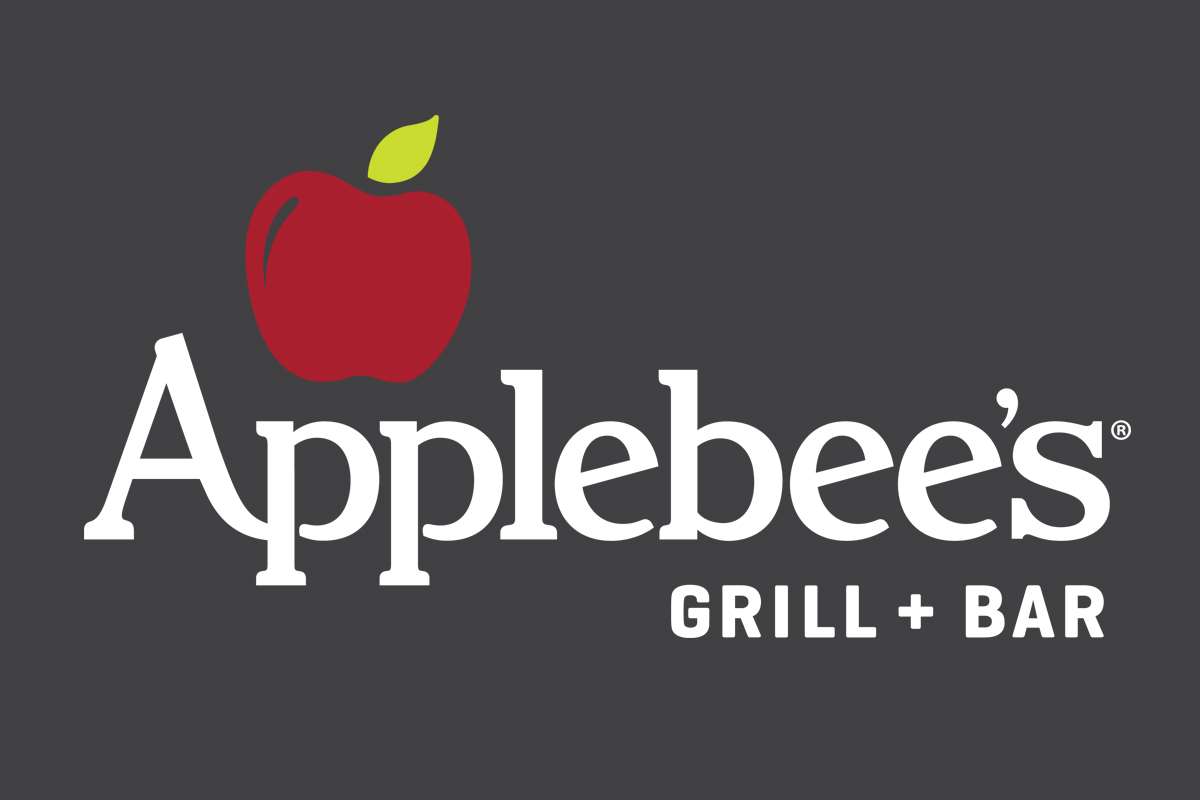
In 1980, Bill and T.J. Palmer opened T.J. Applebee’s Rx for Edibles Elixirs in Atlanta, Georgia. The Palmers sold the restaurant concept in 1983 to W.R. Grace and Company, and they eventually changed the name to Applebee’s Neighborhood Bar & Grill to reflect the Palmers’ original vision: a place people could call their own. Now we can all eat good in the neighborhood and say the restaurant’s name without getting our tongues tied.
14
Tokyo Tsushin Kogyo (Sony)
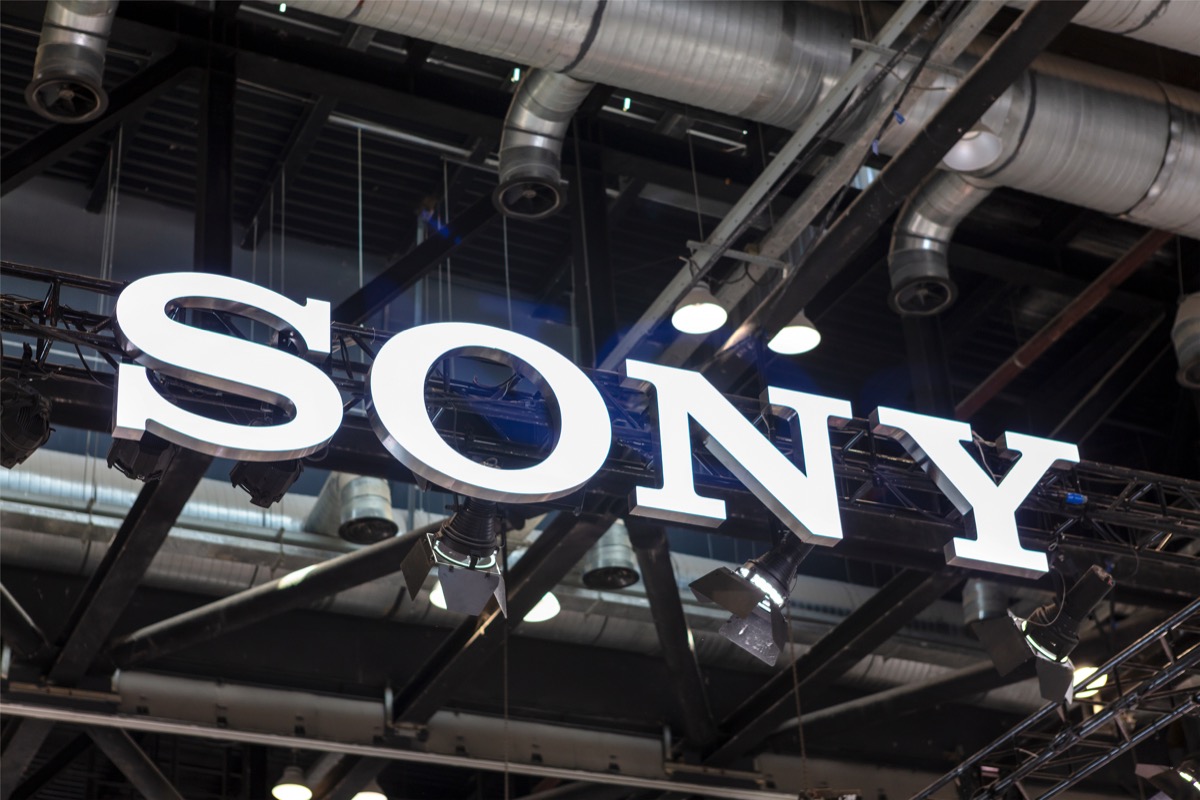
Sony started out in 1946 as a Tokyo electronics shop called Tokyo Tsushin Kogyo K.K. (which translates to Tokyo Telecommunications Engineering Corporation).
When they decided to rename the company, they considered calling it TTK, but the railway company Tokyo Kyuko was already known by that acronym. They then considered just using the word Totsuko, but found that Americans had a hard time pronouncing it during a visit to the U.S. Finally, they landed on Sony, a mix of the Latin word “sonus” for sound and “sonny,” AKA a young, hip man.
15
Cargo House (Starbucks)
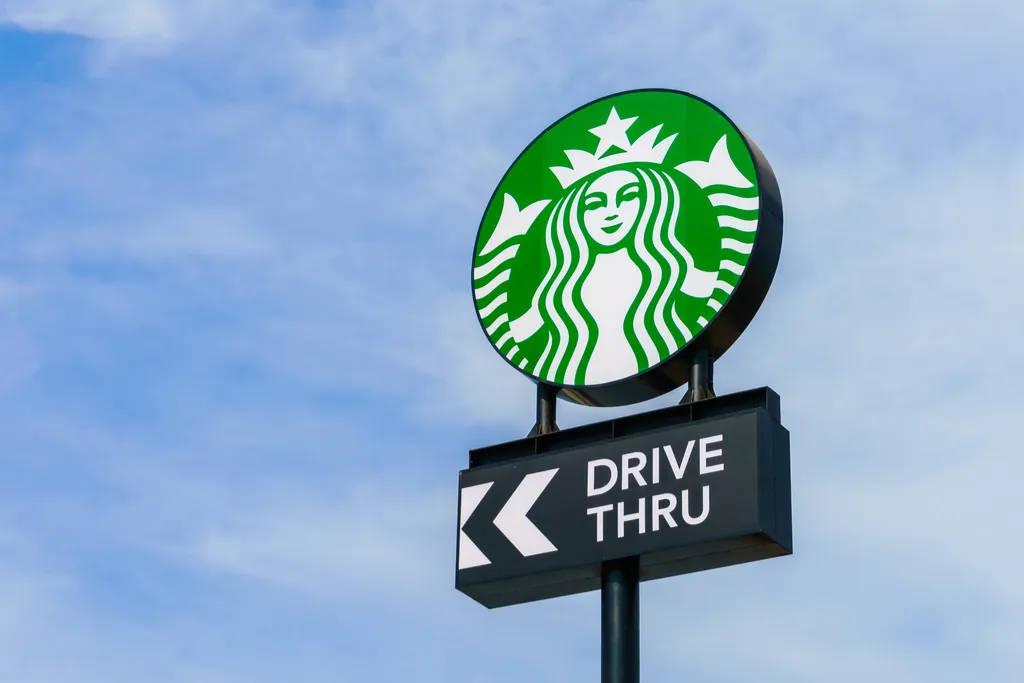
When English teacher Jerry Baldwin, history teacher Zev Siegl, and writer Gordon Bowker prepared to open their first coffee shop in Seattle in 1971, they had another nautical name in mind: Cargo House, which Bowker said in an interview would have been a “terrible, terrible mistake.”
“Somebody somehow came up with an old mining map of the Cascades and Mount Rainier, and there was an old mining town called Starbo,” Bowker said. “As soon as I saw Starbo, I, of course, jumped to [Herman] Melville’s first mate in Moby Dick.” Thus, Starbucks was born.
16
AuctionWeb (eBay)
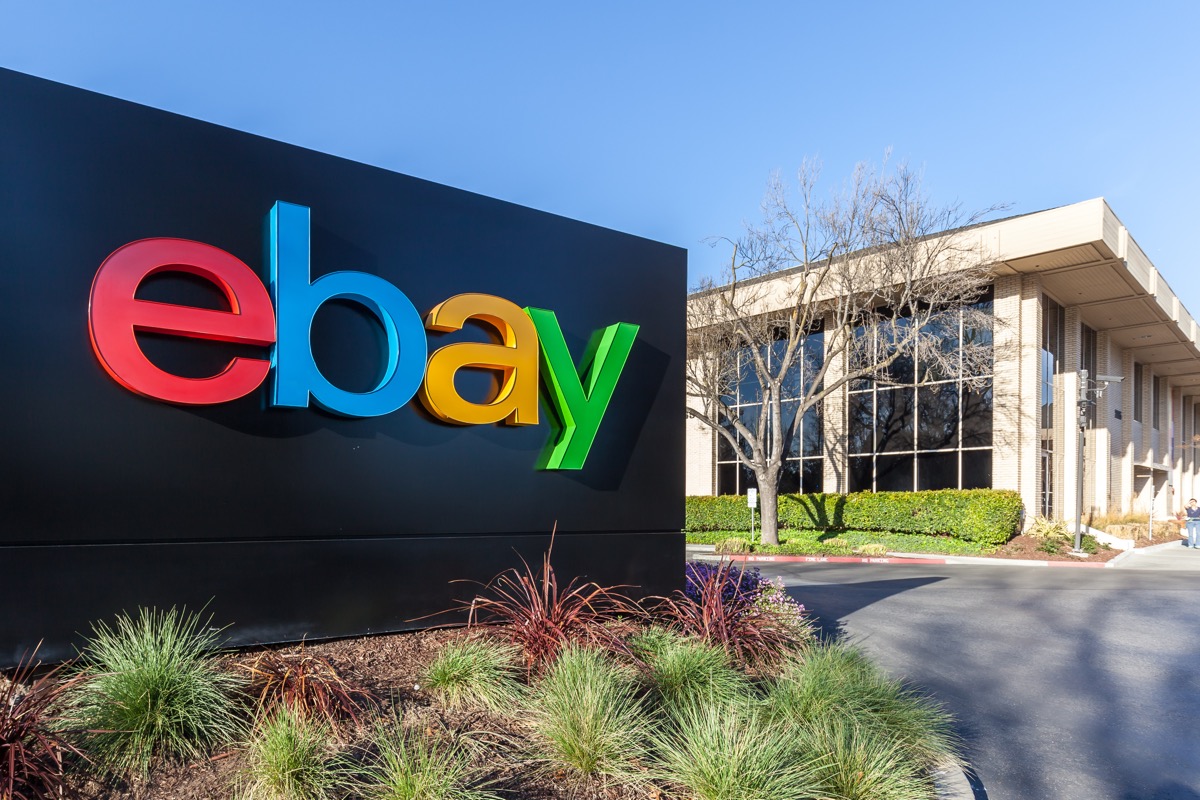
French-born Iranian-American computer programmer Pierre Omidyar started AuctionWeb on September 3, 1995, with the idea of “bringing together buyers and sellers in an honest and open marketplace.” Two years later, once traffic had grown beyond Omidyar’s expectations, he tried to change the name to echobay.com in honor of his consulting firm Echo Bay Technology Group. When he learned the domain was already taken by a gold-mining company called Echo Bay Mines, he shortened it to his second choice: eBay.
17
Computing Tabulating Recording Corporation (IBM)
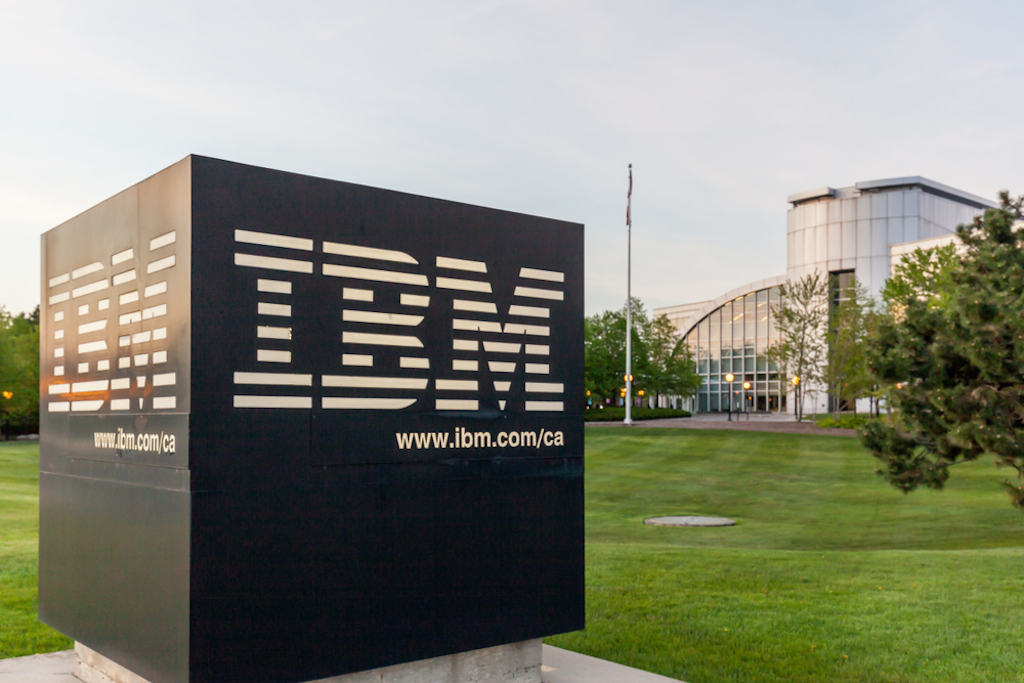
The Computing Tabulating Recording Corporation began in 1911 and shortly after, Thomas J. Watson took over the company in 1914. He decided to use the name “International Business Machines” in order to signal the company’s foray into electric typewriters and other office machines—and in 1924, it became the “IBM” we know today.
18
Nintendo Koppai (Nintendo)
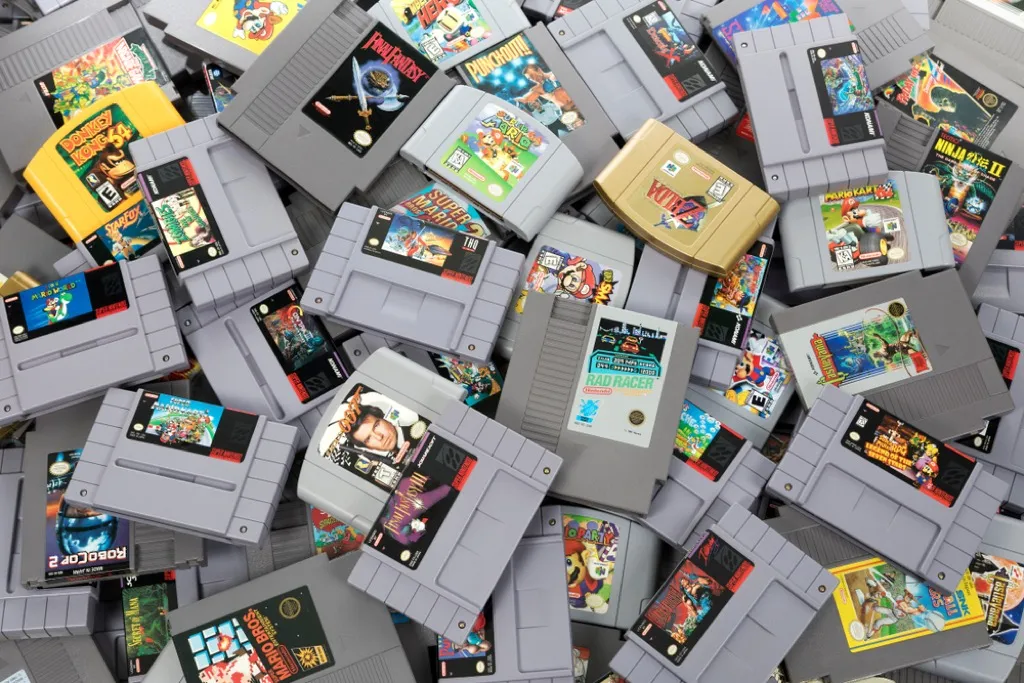
In 1889, Fusajiro Yamauchi started a small company that sold handmade playing cards in Kyoto, Japan, and named it Nintendo Koppai, the former’s assumed meaning is “leave luck to heaven” and the latter means “playing cards.” The company cycled through a series of names before it officially became the Nintendo Playing Card Company in 1951—and in 1963, longtime president Hiroshi Yamauchi shortened the name to Nintendo, gearing up for the launch of the company’s foray into video games.
19
Wards Company (Circuit City)
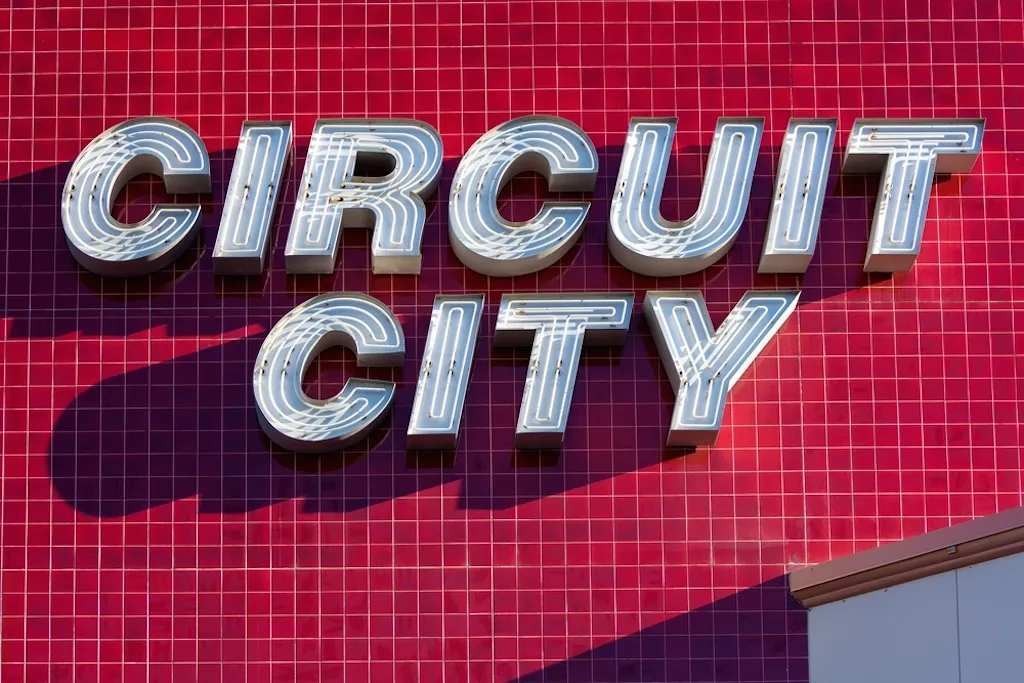
Samuel S. Wurtzel opened his first electronics store in Richmond, Virginia, in 1949. He called it Wards Company—an acronym for the first letters of his last name, Wurtzel; his wife’s name, Ruth; their sons’ names, Alan and David; and his name, Sam.
By 1959, he was operating four television and home appliance stores in Richmond, as well as several smaller mall outlets branded Sight-n-Sound and Circuit City. When Alan took over in the late 1970s, he officially changed the name of the company to the most straightforward moniker, Circuit City.
20
Phoenix (Firefox)
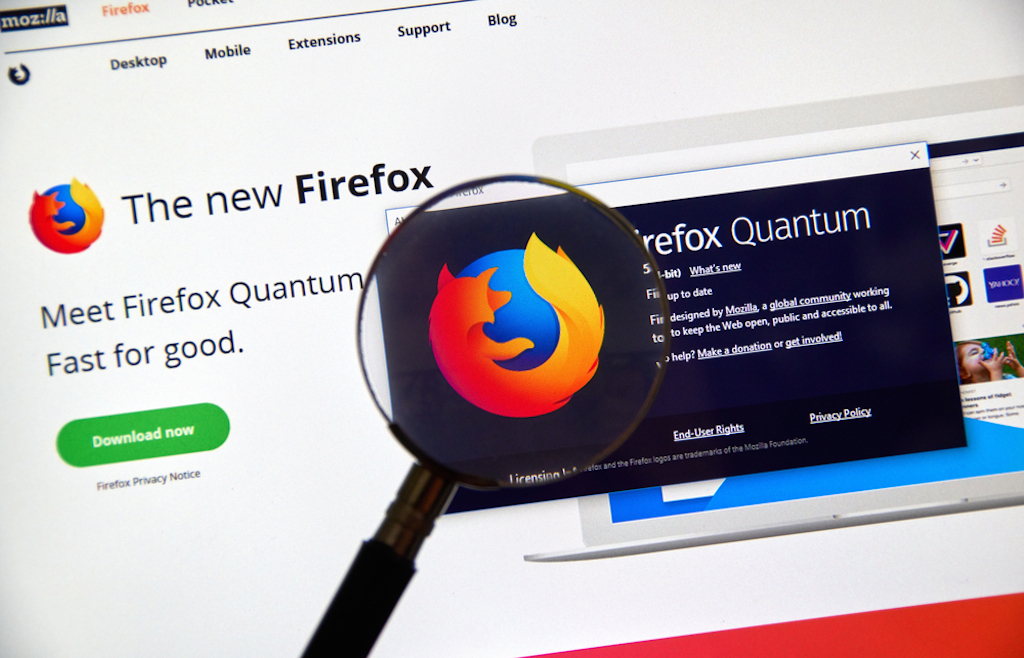
In 2002, Dave Hyatt, Joe Hewitt, and Blake Ross released an experimental project called Phoenix. They came up with the name because the company “rose from the ashes” of Netscape Navigator. The following year, it was renamed Firebird due to trademark issues with Phoenix Technologies, and in 2004 it was rebranded again to Firefox after complaints from the Firebird database software project. Finally, the developers had landed on a moniker they could actually keep. “It’s easy to remember. It sounds good. It’s unique. We like it,” the company said in a statement.
21
David’s and Jerry’s Guide to the World Wide Web (Yahoo)
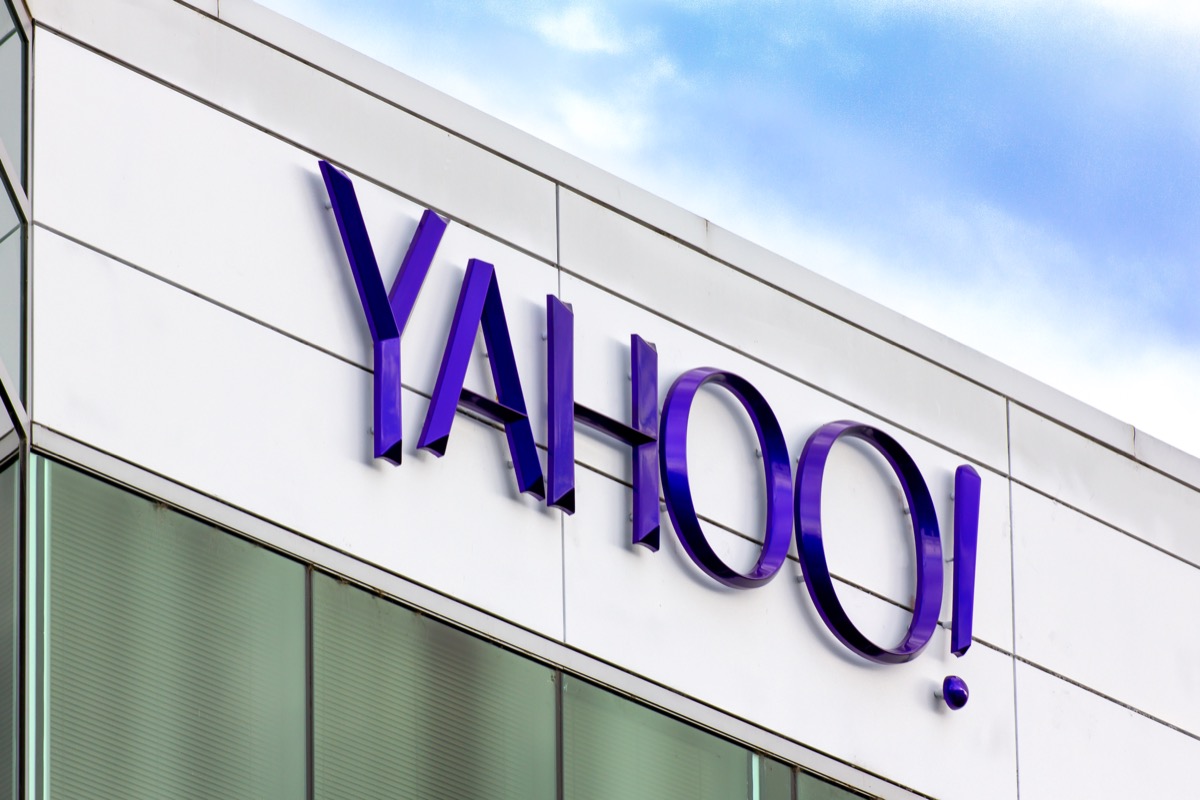
In 1994, Stanford University electrical engineering graduate students Jerry Yang and David Filo created a website with the thoroughly wholesome name David’s and Jerry’s Guide to the World Wide Web. A year later, as the site became more popular, they changed its name to Yahoo, simply because they liked the way this word from the 1726 novel Gulliver’s Travels sounded. Later, they jokingly gave the word the “backronym” (an acronym that applies after the word is coined) of “Yet Another Hierarchical Officious Oracle.”
22
Confinity (PayPal)
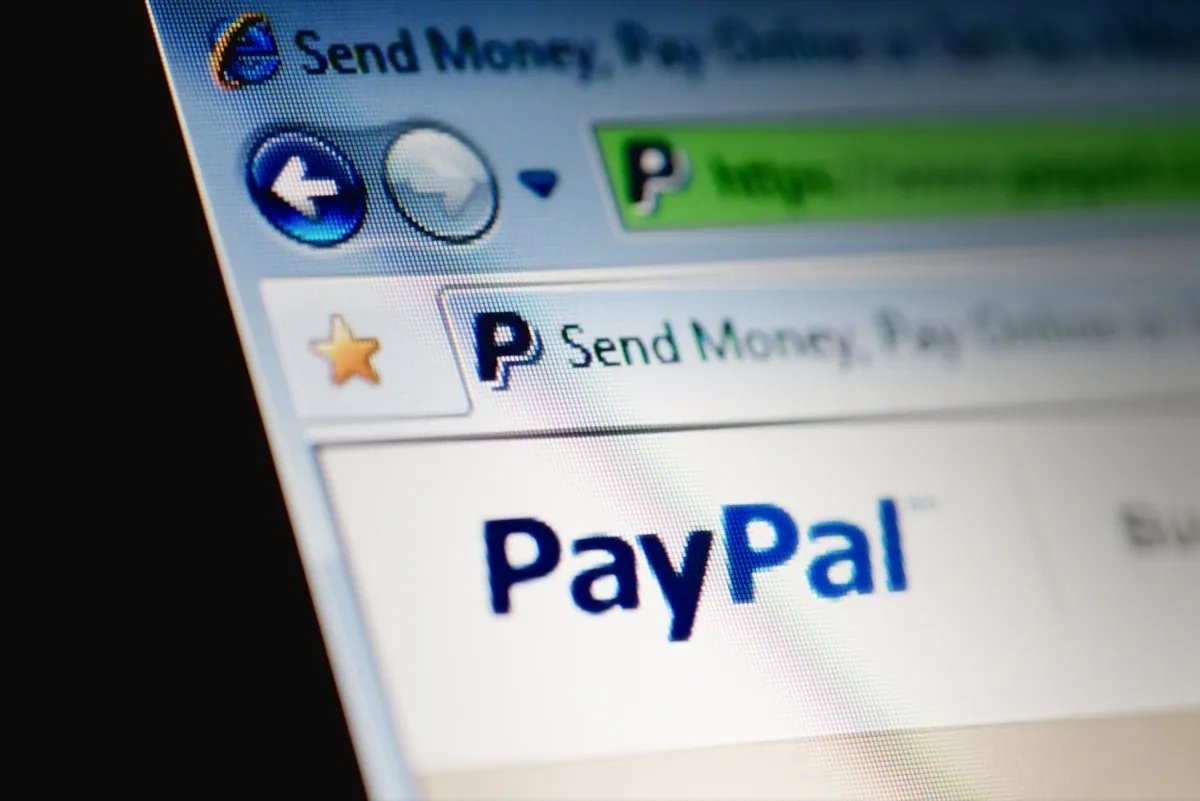
Max Levchin, Peter Thiel, Luke Nosek, and Ken Howery founded security software company Confinity, a combination of the words “confidence” and “infinity,” in December 1998. A year later, they launched PayPal as a means of allowing people to email payments, and, after merging with Elon Musk’s X.com, PayPal proved to be the most user-friendly moniker. The company’s name was officially changed in 2001.
23
Precision Optical Instruments Laboratory (Canon)
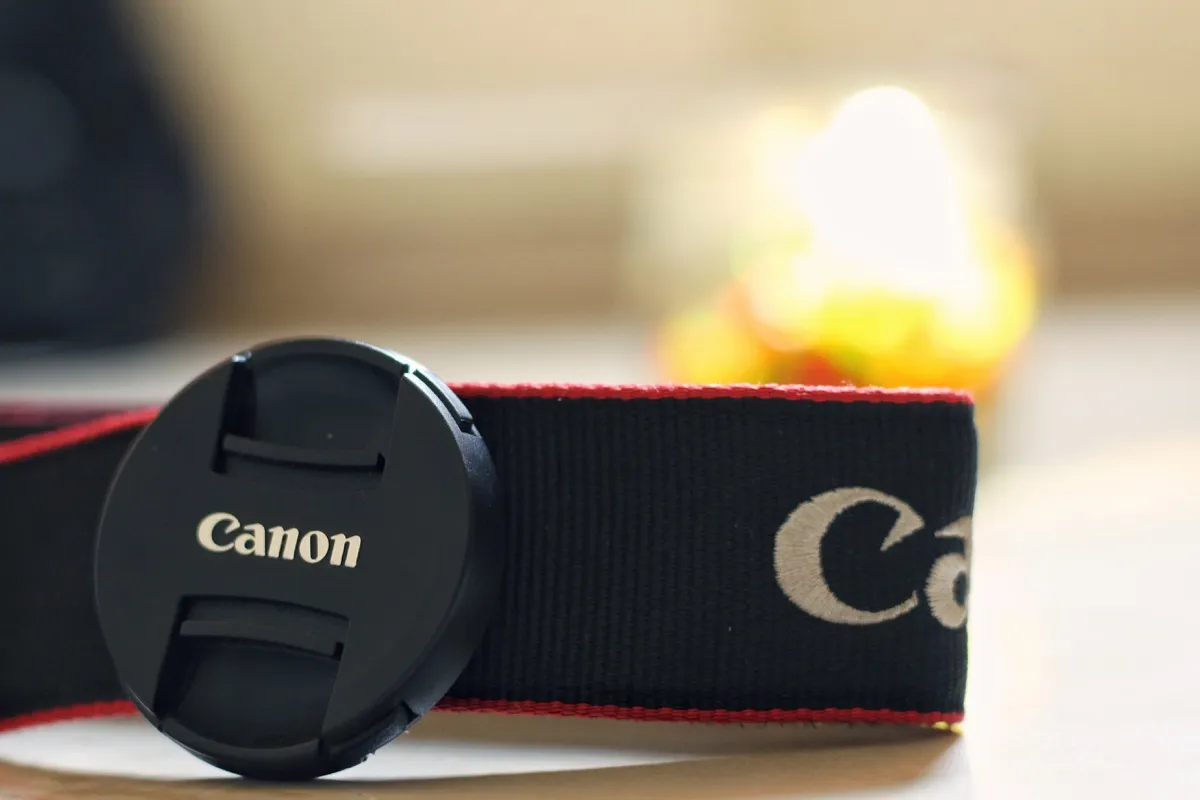
This Tokyo-based company was originally founded as Precision Optical Instruments Laboratory, or Seikikōgaku Kenkyūsho. In 1934, they began producing the Kwanon camera, a prototype for Japan’s first-ever 35 mm camera with a focal-plane-based shutter. Considering the success of the product—and in an attempt to make the name easier for Americans to say—the company changed its name to Canon Camera Co., Inc. in 1947. More than 20 years later in 1969, it became Canon Electronics Inc., to highlight their growing repertoire.
24
Sky Peer-to-Peer (Skype)
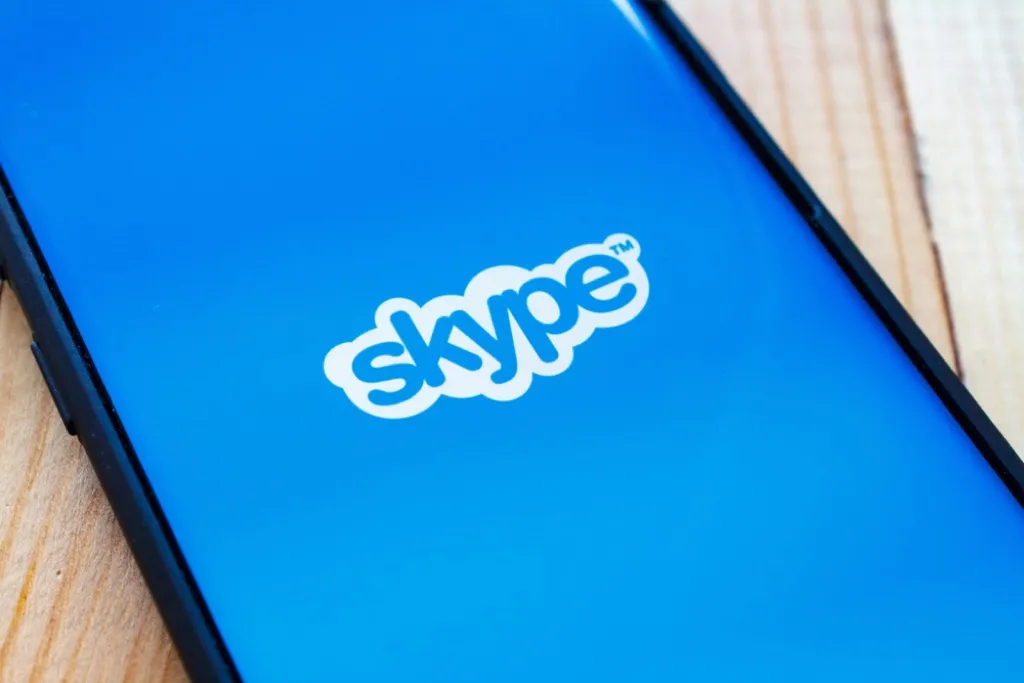
When Niklas Zennström and Janus Friis, co-founders of music sharing site Kazaa, first released their video chatting software in 2003, it was under the name Sky Peer-to-Peer. Upon realizing they needed something catchier, though, they tried to shorten the moniker to Skyper—and when they discovered that domain name was already taken, they settled on Skype. Who needs the R anyway?
25
Japan Optical Industries Co. (Nikon)
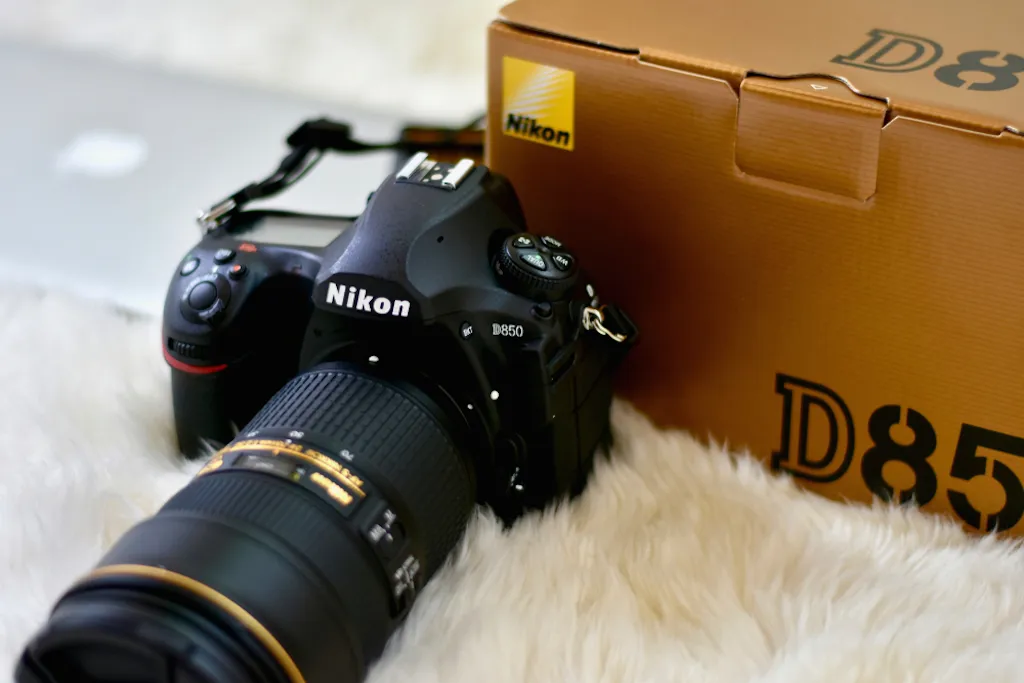
Tokyo-based company Nippon Kogaku K.K., which translates to Japan Optical Industries Co., Ltd., was founded in 1917. But it wasn’t until 1988 that the company was renamed Nikon Corporation in honor of its best-selling cameras. The Nikon was named after “naikan,” the Japanese spiritual practice of extreme gratitude.
26
Matchbox (Tinder)
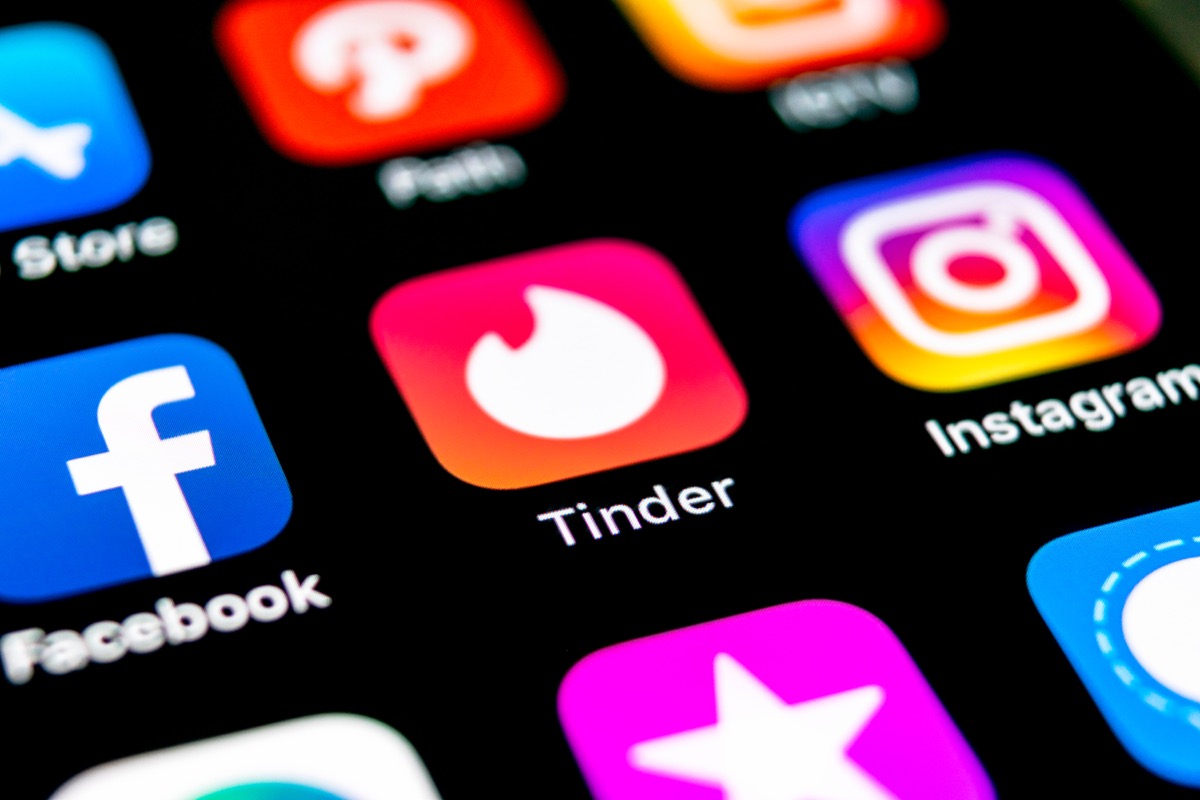
When Hatch Labs launched its revolutionary dating app in 2012, it was called Matchbox, a coy reference to igniting the flame of romance. However, since the name undoubtedly sounded too similar to Match.com, they decided to rebrand. Executives settled on the word “tinder,” the dry material that you use for starting a fire. “People will either get it, and they’ll say, ‘Oh—tinder: fire,’ or they don’t get it and they think it’s some clever misspelling of the word ‘tender,’” said co-founder Jonathan Badeen, according to the Milwaukee Business Journal.
27
Datsun (Nissan)
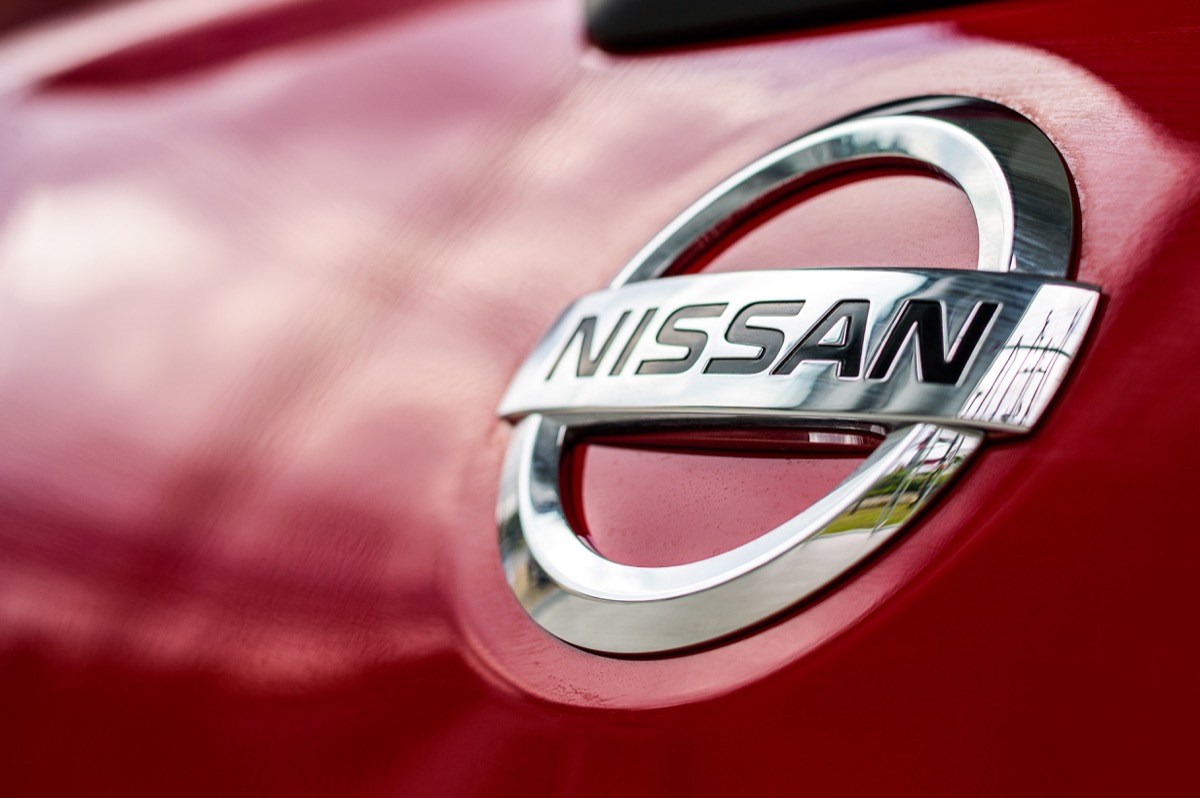
The Tokyo-based automobile manufacturer has technically been known as Nissan since 1934. And yet, when the brand expanded to the United States in 1958, it did so under the name Datsun. However, the Nissan name eventually made its away across the ocean, and so the company phased out Datsun completely in 1984.
28
Research in Motion (Blackberry)
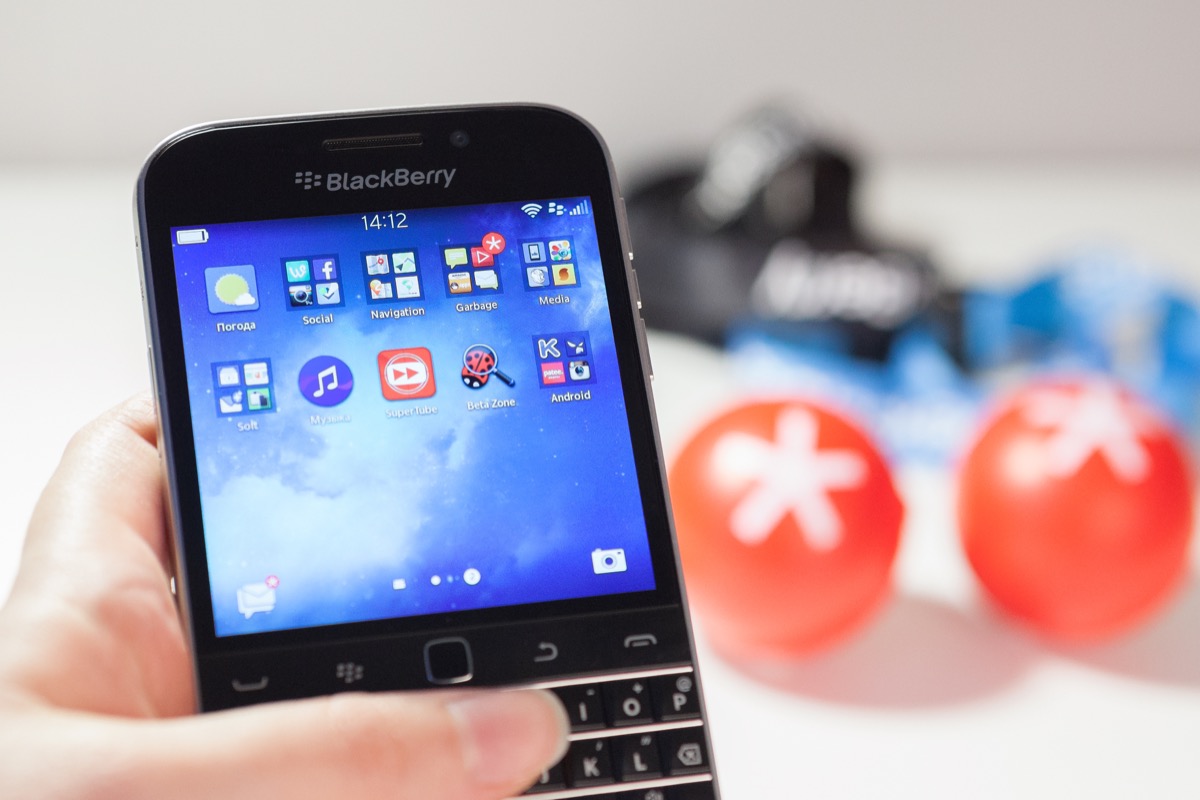
Research in Motion (RIM) was the first wireless data technology developer in North America when it was founded in 1984. In the mid-2000s, the company became famous for its Blackberry line of smartphones—and thanks to this star product, the parent company officially changed its name to Blackberry in 2013.
29
Hertz Drive-Ur-Self System (Hertz)
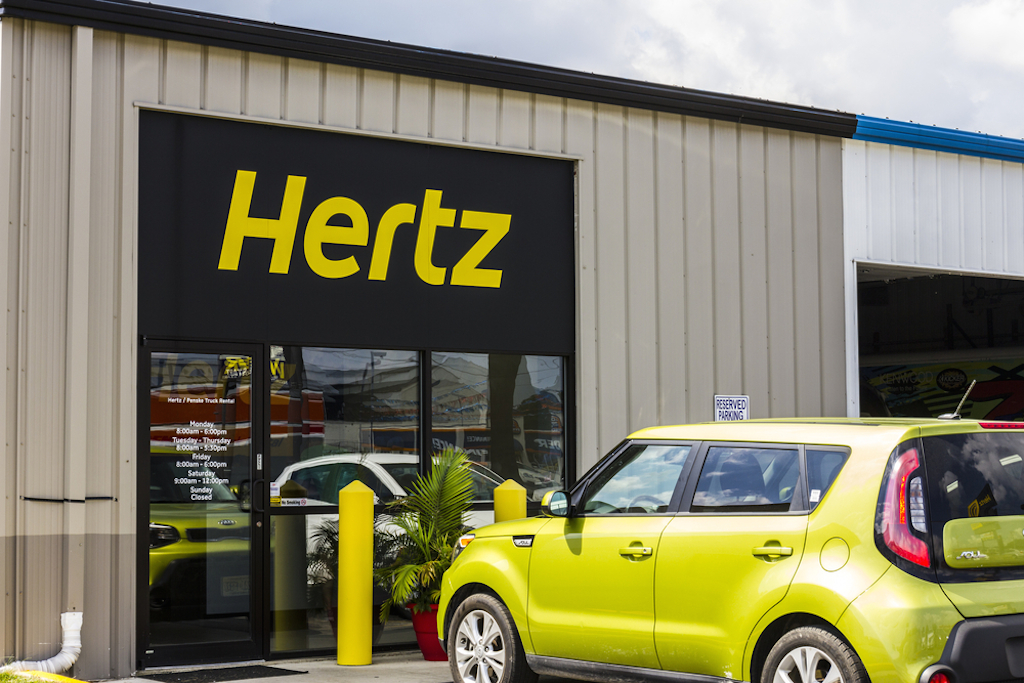
When John Hertz bought Rent-a-Car Inc. from founder Walter L. Jacobs in 1923, he renamed it Hertz Drive-Ur-Self System. Hertz sold the company to General Motors in 1926, but he eventually bought it back in 1953—and after doing so, he renamed the brand the Hertz Corporation.
30
Goodfellow’s Dry Goods (Target)
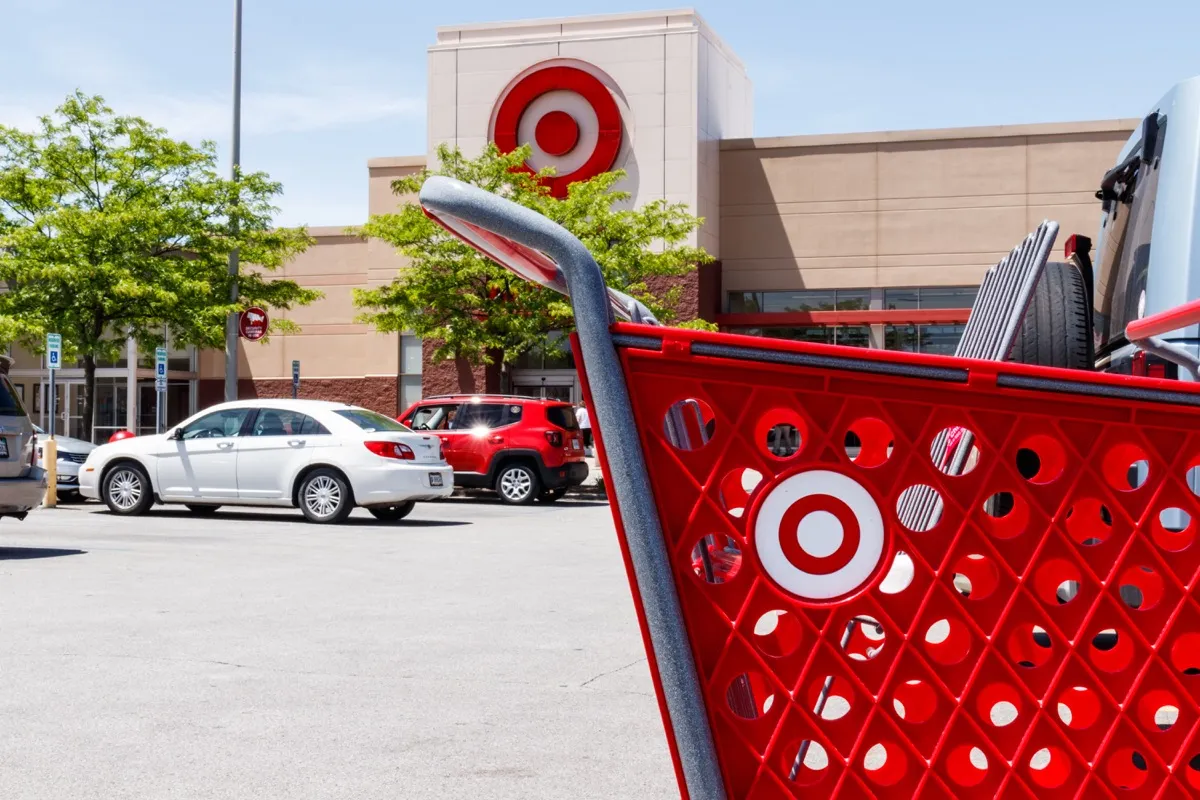
Target founder George Draper Dayton became the sole shareholder of Goodfellow’s Dry Goods in 1902. When he took over, he rebranded as Dayton Dry Goods Company and then shortened it to The Dayton Company in 1911. After his death in 1938, the company started to go through various leaders.
One of the changes they implemented? A discount store in 1962 called Target in Roseville, Minnesota, which quickly became the majority of the company’s business. After looking at 200 possible names for the establishment, former director of publicity Stewart K. Widdess and his staff landed on Target and its bullseye logo. “As a marksman’s goal is to hit the center bullseye, the new store would do much the same in terms of retail goods, services, commitment to the community, price, value and overall experience,” he said, according to the company site. But it wouldn’t be until 2000 that Target would officially become the company’s name at large. And for more behind-the-scenes on Target, check out the 20 Target Shopping Secrets Only Die-Hard Regulars Know.
To discover more amazing secrets about living your best life, click here to follow us on Instagram!